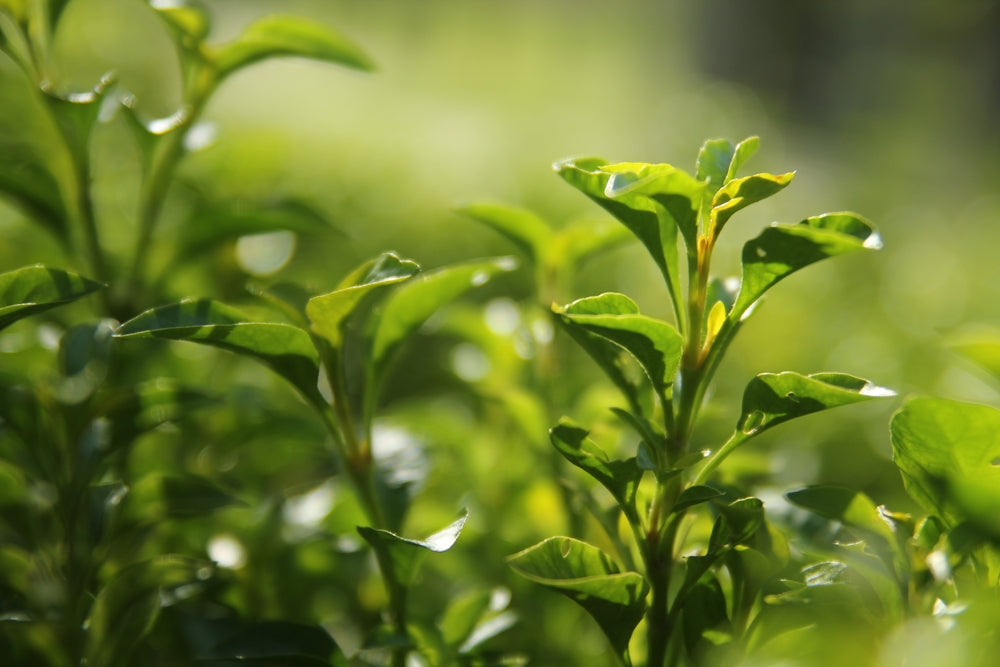
Understanding the Differences Between Green Tea and Jasmine Tea
Tea enthusiasts and novices alike often find themselves perplexed when faced with the vast assortment of teas available. Among the most popular are green tea and jasmine tea, each celebrated for its unique flavor profiles, health benefits, and aromatic experiences. In this blog post, we'll delve into these two beloved teas and explore how jasmine tea is intricately linked with green tea. We'll address common questions such as why jasmine teas are often paired with green tea, examine the nuances between jasmine green tea and jasmine black tea, and offer insights into selecting quality jasmine tea.
The Foundation: What is Green Tea?
Green tea is a category of tea crafted from Camellia sinensis leaves and buds that have undergone minimal oxidation during processing. This minimal oxidation helps preserve the greenish color and unique flavors of the leaves. Originating in China, green tea is now grown and enjoyed worldwide. It is renowned for its numerous health benefits, which are attributed to its high concentration of antioxidants such as catechins.
Health Benefits of Green Tea
Regular consumption of green tea is associated with several health benefits, including:
- Rich in Antioxidants: Green tea's antioxidants, especially catechins like EGCG, can help protect against cell damage.
- Improved Brain Function: Caffeine and the amino acid L-theanine in green tea work synergistically to enhance brain function.
- Fat Burning: Studies suggest that green tea can boost metabolic rate and increase fat burning.
- Reduced Risk of Disease: There's evidence to suggest that green tea could help lower the risk of certain diseases, including heart disease and certain types of cancer.
For those looking to experience a diverse range of teas, including green tea, consider The Explorer's Journey Box - A Diverse Tea Experience, which offers a unique sampling of various teas.
The Scented Delight: What is Jasmine Tea?
Jasmine tea is a type of scented tea infused with the fragrance of jasmine blossoms. It is created by blending tea leaves with jasmine flowers, allowing the floral scent to permeate the tea. While jasmine flowers can be paired with various types of tea bases, the most popular base is green tea, followed by black tea, resulting in what we commonly refer to as jasmine green tea and jasmine black tea, respectively.
Why Most Jasmine Teas are Made with Green Tea
Jasmine tea is traditionally made using green tea because the fresh, subtle flavors of green tea provide a perfect canvas that enhances and does not overpower the delicate floral notes of jasmine. The light and refreshing nature of green tea complement the aromatic properties of jasmine flowers, making it a preferred choice for tea artisans looking to create a balanced and refined jasmine tea.
Comparing Jasmine Green Tea and Jasmine Black Tea
Both jasmine green tea and jasmine black tea offer unique taste experiences. Understanding the differences can help tea lovers choose the right brew for their preferences.
Jasmine Green Tea
- Base: Often made with high-quality green tea leaves.
- Flavor Profile: Light, floral, slightly sweet with vegetal notes, allowing the jasmine scent to take center stage.
- Caffeine Content: Generally lower than black tea, making it a suitable choice for those sensitive to caffeine.
- Brewing: Typically requires a lower water temperature (about 160-180°F) and shorter steeping time to avoid astringency.
Jasmine Black Tea
- Base: Made using black tea leaves, which are fully oxidized.
- Flavor Profile: Rich, bold with a malty character, where the jasmine adds a layer of complexity but doesn't overpower the stronger black tea flavors.
- Caffeine Content: Higher than green tea due to the oxidation process of the black tea leaves.
- Brewing: Suitable for higher water temperatures (about 200-212°F) and longer steeping times, resulting in a robust cup.
The Source of Jasmine Tea's Aroma
The enchanting aroma of jasmine tea is achieved through a meticulous and labor-intensive process. Freshly picked jasmine flowers are layered with tea leaves, typically during the heat of the day when the blossoms are closed. As night falls, the blossoms open, releasing their fragrant oils. This natural scenting process can be repeated several times to intensify the jasmine aroma. Quality jasmine tea is marked by how well the tea leaves absorb and retain the floral scent.
Judging the Quality of Jasmine Tea
When selecting jasmine tea, consider the following factors to ensure you are choosing a high-quality product:
Appearance
- Tea Leaves: Look for whole or partially whole leaves that are uniform in size. They should be free from dust and other impurities.
- Jasmine Flowers: High-quality jasmine tea may contain whole flowers or petals, indicating careful processing.
Aroma
- Freshness: The scent should be fresh and not stale. Fresh jasmine tea will have a strong, inviting aroma.
- Natural Scent: Avoid teas with overly strong or artificial floral smells, which can indicate the use of artificial flavorings.
Taste
- Balance: High-quality jasmine tea should have a balanced flavor where the floral notes complement the tea base, without bitterness or astringency.
- Aftertaste: The finish should be smooth with a lingering floral note.
In conclusion, understanding the distinctions between green tea and jasmine tea, along with their subtypes, enriches the tea-drinking experience. Whether you prefer the delicate and fragrant jasmine green tea or the robust and aromatic jasmine black tea, each offers a unique journey of taste and aroma. For an exploration of various teas, including jasmine varieties, The Explorer's Journey Box - A Diverse Tea Experience is a wonderful option for tea enthusiasts eager to broaden their palate.
Explore more of our carefully curated tea selections at TeaStart.
